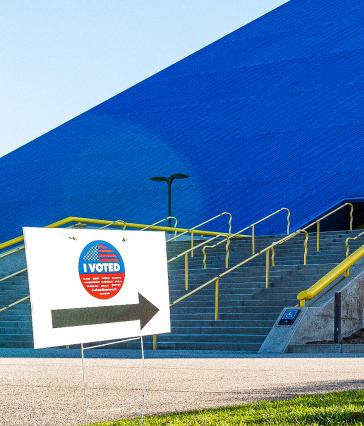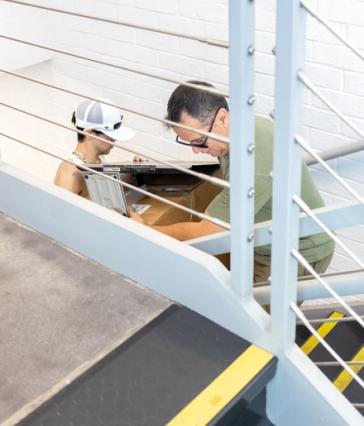8 simple ways the CSULB community can protect the planet
While April is Earth Month at The Beach, let’s celebrate and take care of the Earth all year round.
Here are eight ways to live sustainably on and off campus:
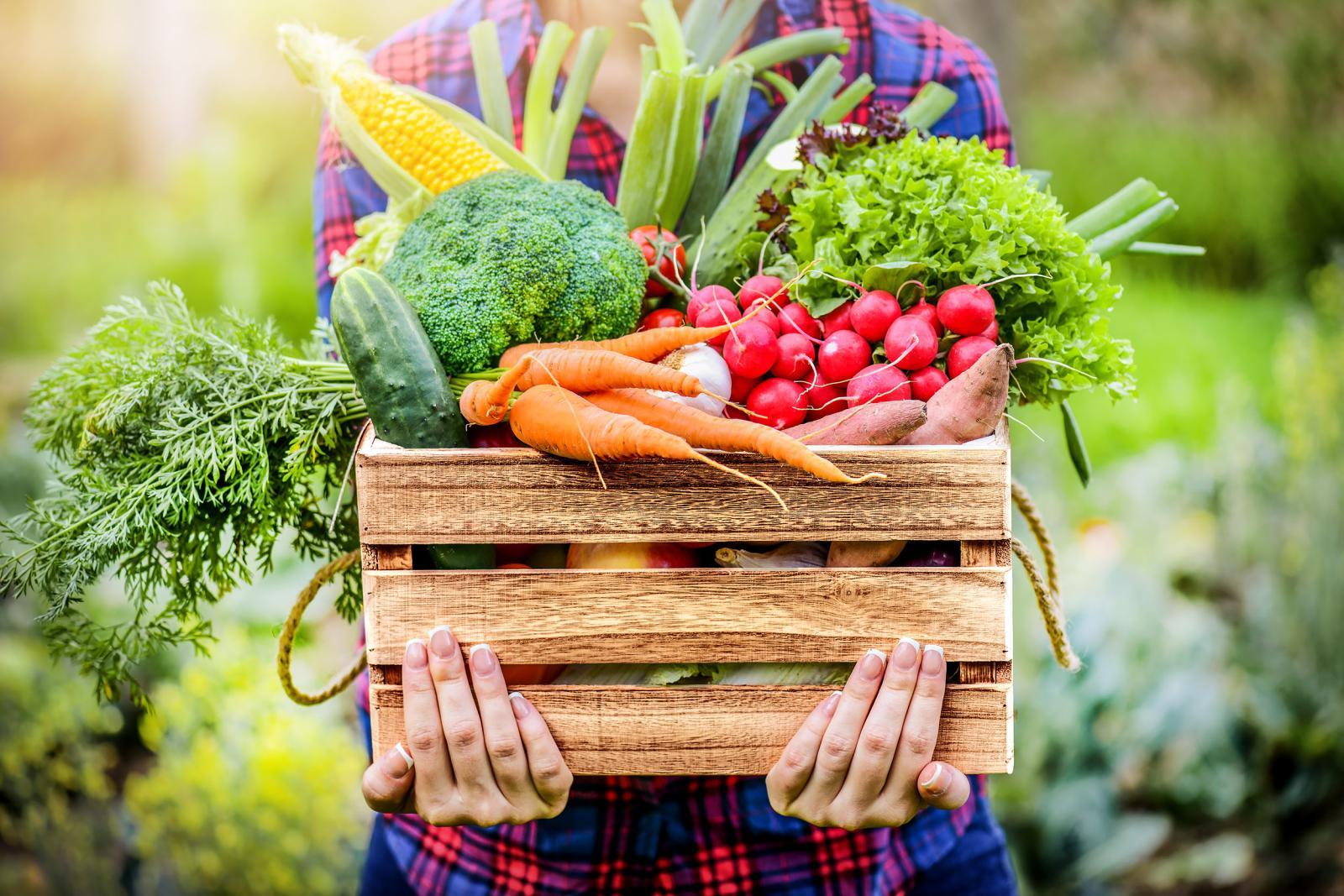
1. Go veggie
Massive meat production and consumption are harmful to the environment. But there are lots of vegetarian/vegan/meatless options at Cal State Long Beach.
In fact, in 2015, PETA (People for the Ethical Treatment of Animals) recognized the 49er Shops – which operate most dining services on campus – for going above and beyond to provide students with vegan options. The university is committed to providing vegetarian and vegan menu items at all dining locations. Vegetarian items are indicated by a green leaf on most menus, with special signage at residential dining halls. The dining halls each have a dedicated vegetarian and vegan section that provides a rotating menu of delicious, nutritious dishes.
Some eateries on campus that offer vegetarian and vegan options include Shake Smart, The Outpost Grill, Nugget Grill & Pub, Robek’s Juice and Subway.
You could also consider taking the Meatless Mondays pledge. Visit this page for more information on sustainable food and dining on campus.
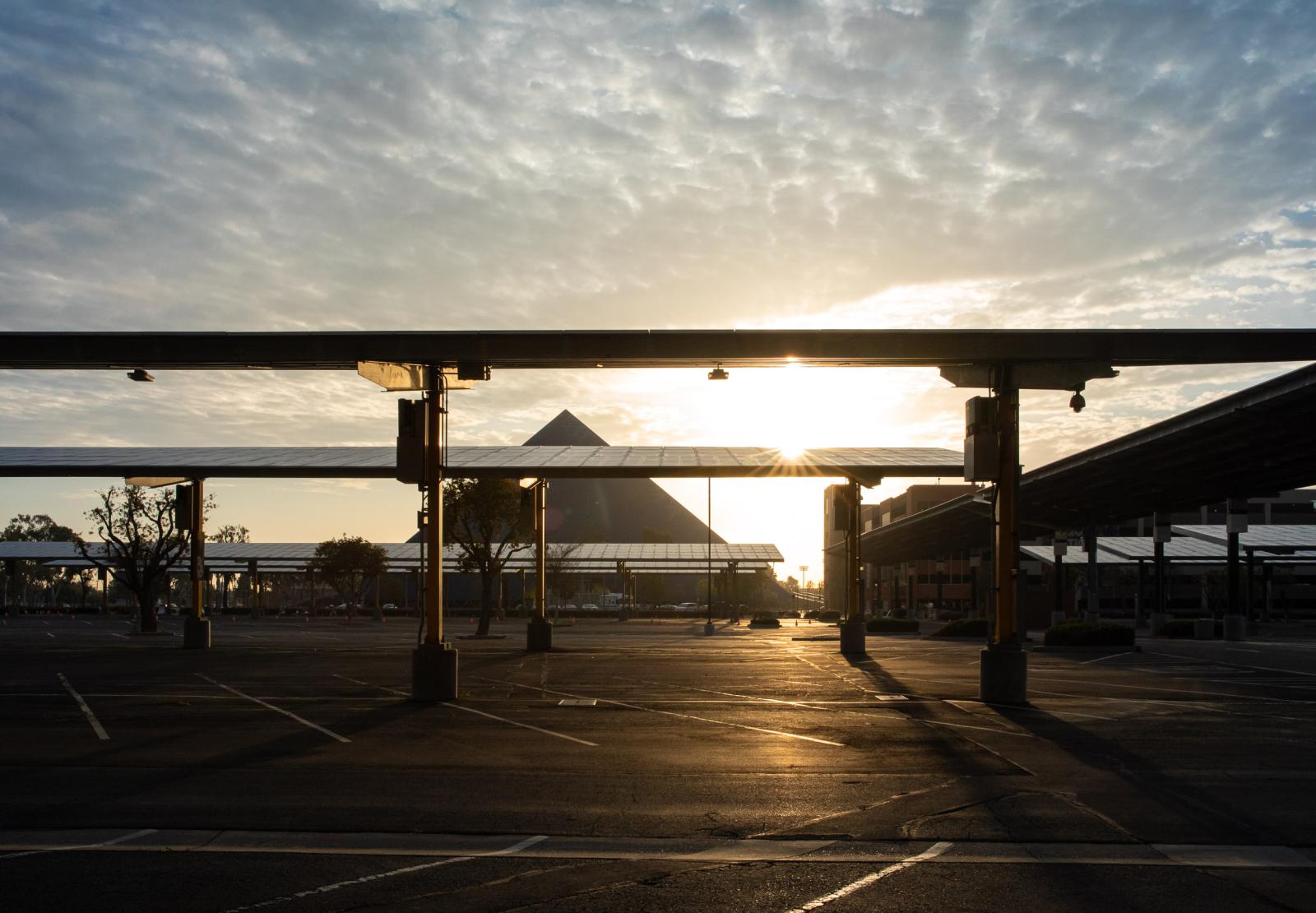
2. Conserve water and energy
We’re not technically in a drought anymore, but that doesn’t mean you shouldn’t watch your water consumption. Same thing goes for energy. Water and energy are two valuable resources that should be conserved, and we do damage to the planet and humanity when we waste them.
At CSULB, Beach Building Services has implemented numerous measures to help save energy and water, from using solar panels and LED lighting to watering lawns and landscapes with reclaimed water and ultra-efficient MP rotators.
While you’re on campus, be mindful of the amount of water you use while washing hands, dishes or yourself in the locker rooms or gym. While many lights shut off automatically, not all do, so make sure to turn off lights when you leave a room unattended. You can also take advantage of recycling bins throughout campus. And report leaks, broken sprinklers or constantly running faucets or toilets to Beach Building Services at (562) 985-4357.
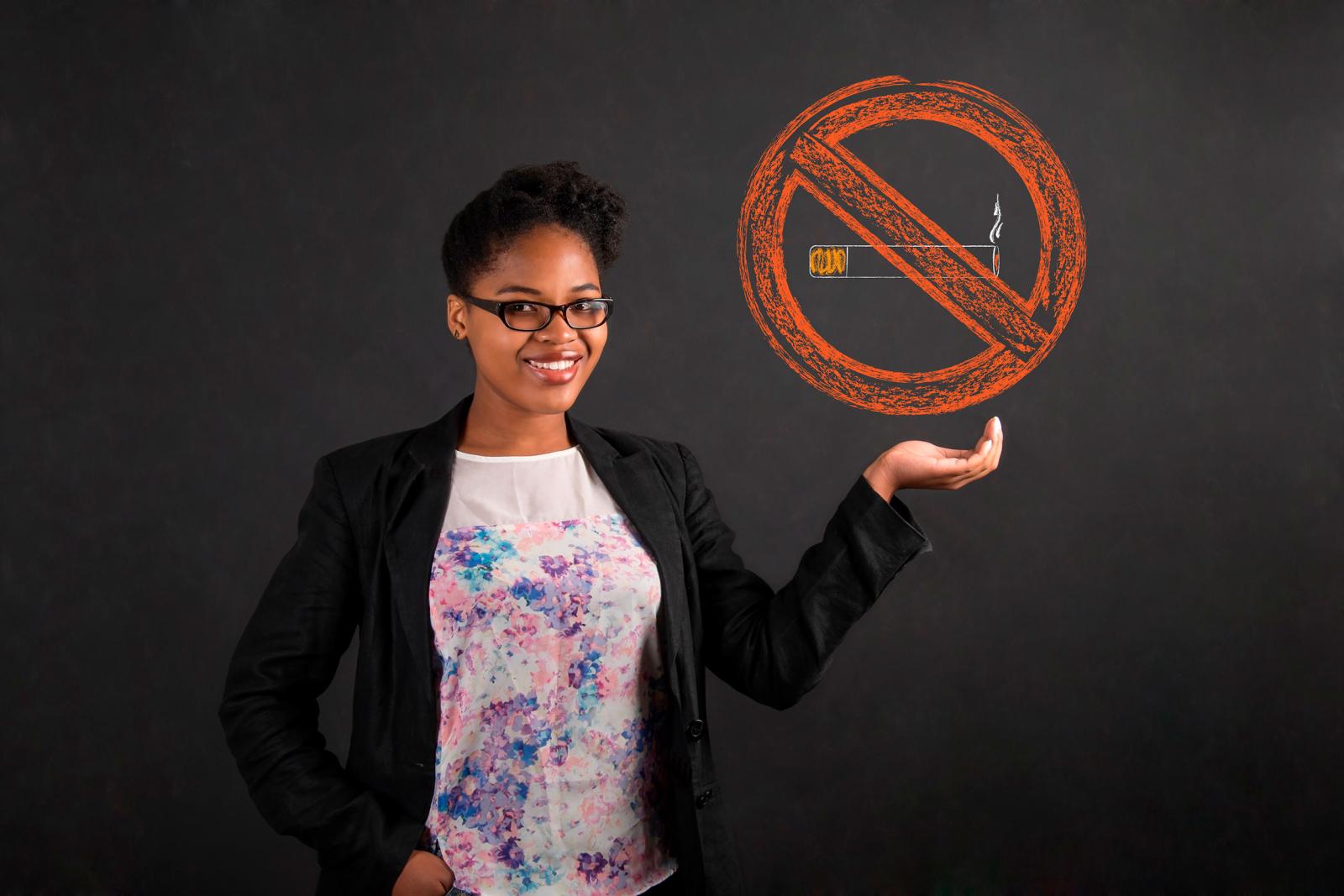
3. Quit smoking
Smoking is not only bad for you, it’s bad for the environment. Second-hand smoke is harmful to others too, and can cause coronary heart disease, stroke and lung cancer, according to the Centers for Disease Control & Prevention.
Cigarette butts are toxic too. They are the most common toxic waste found in beach and waterway cleanups, and they’re the No. 1 item found on California highways. Cigarette butts are poisonous when ingested by children or animals. The toxic chemicals in cigarette butts are a threat to our aquatic ecosystems.
And contrary to popular belief, vape emissions are toxic as well.
Free smoking cessation services are available through the Office of Wellness and Health Promotion. Call (562) 985-4609 or send an email.

4. Use green transportation
Driving to and from campus in a fossil-fueled vehicle produces greenhouse gas emissions that exacerbate global warming and the climate crisis. You can reduce your carbon footprint by carpooling or ridesharing to campus, using public transportation, riding a bike or scooter, or driving an electricity-powered car.
The Beach has over 50 EV charging stations on campus, and the charge is reduced to 29 cents per kWh (kilowatt hour) for students, faculty and staff, according to Chad Keller, public affairs and communications specialist for Parking & Operations.
Riding a bike or walking can also improve your physical fitness. Check out Parking & Transportation Services’ page on Sustainable Transportation.
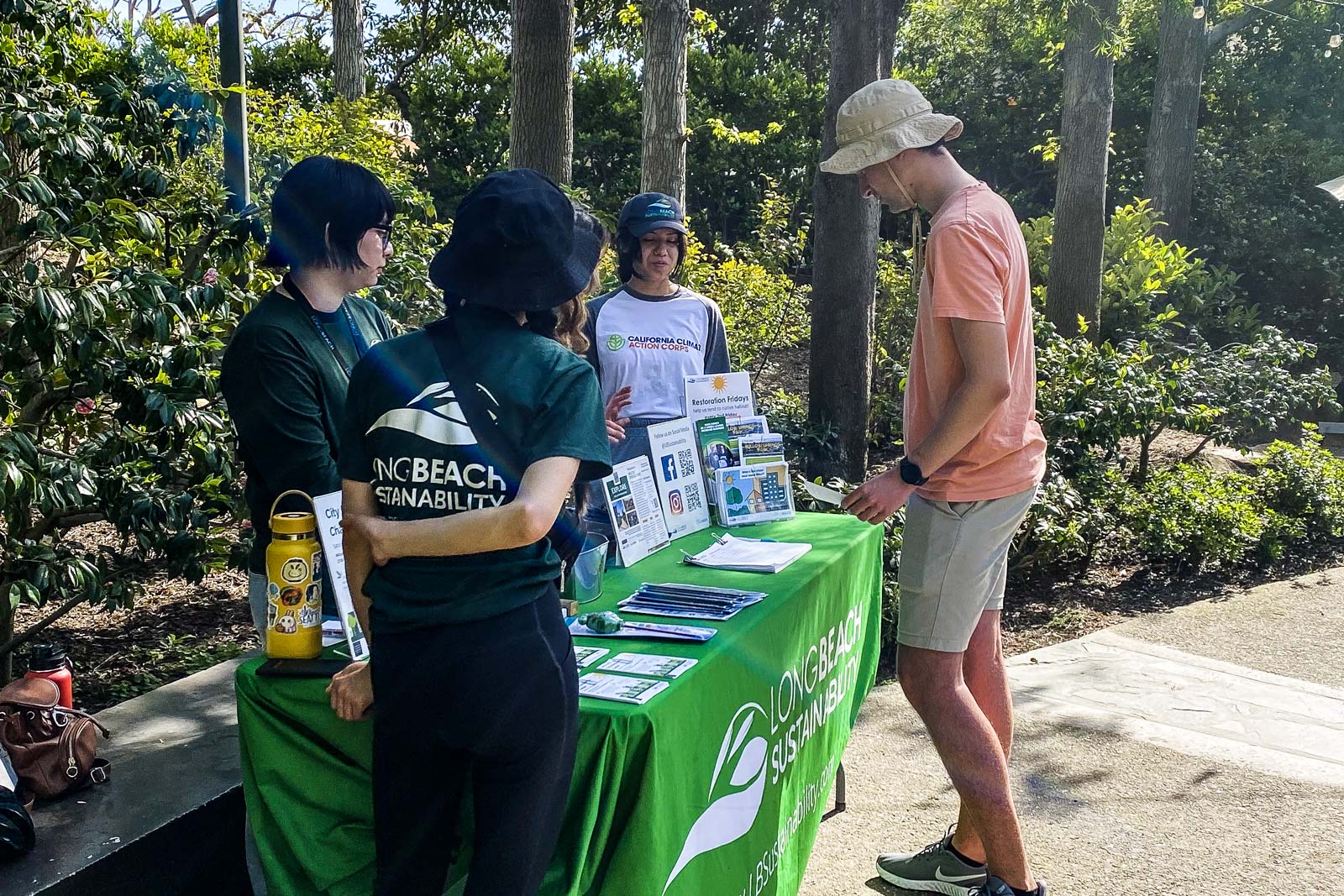
5. Join a club that promotes sustainability
There are many student clubs and organizations that focus on exploring or promoting aspects of sustainability. The Environmental Science & Policy Club, Engineers for a Sustainable World, Sustain U Committee, and Trash Talkers are just a few.
The President’s Commission on Sustainability meets monthly during the academic year to integrate sustainability into all aspects of the university. The PCS comprises faculty, staff, community and student members.
The Surfrider Foundation sponsors beach cleanups up and down the coast.
Also, check out CSULB’s official Climate Action & Adaptation Plan, which was updated in March 2022.
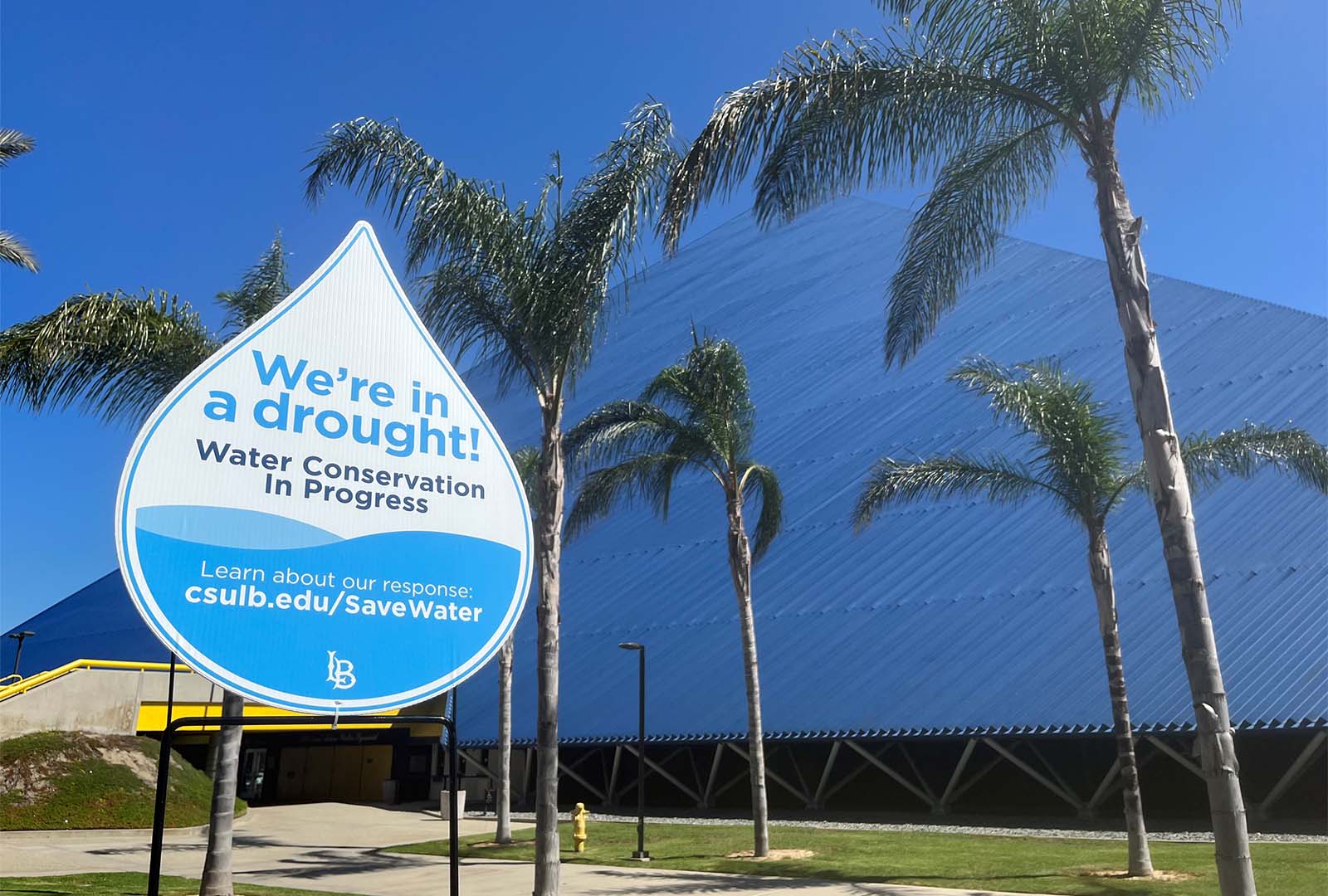
6. Check out Sustainability at The Beach
CSULB’s Office of Sustainability offers information on the campus’ sustainability programs and initiatives, as well as resources to discover how you can get involved. There are links to The Beach’s climate and carbon commitments, as well as our long-term water, energy and landscape plans. You can learn more about what kind of research and creative activities are occurring on campus, and courses that explore sustainability in different disciplines.
Events are posted on the site, including area beach cleanups and the recent Green Generation Showcase, as well as jobs, internships and opportunities for community service. And in case you missed it, students, faculty and staff throughout campus participated in the 2023 Sustainability Project Showcase, and here are the winners.
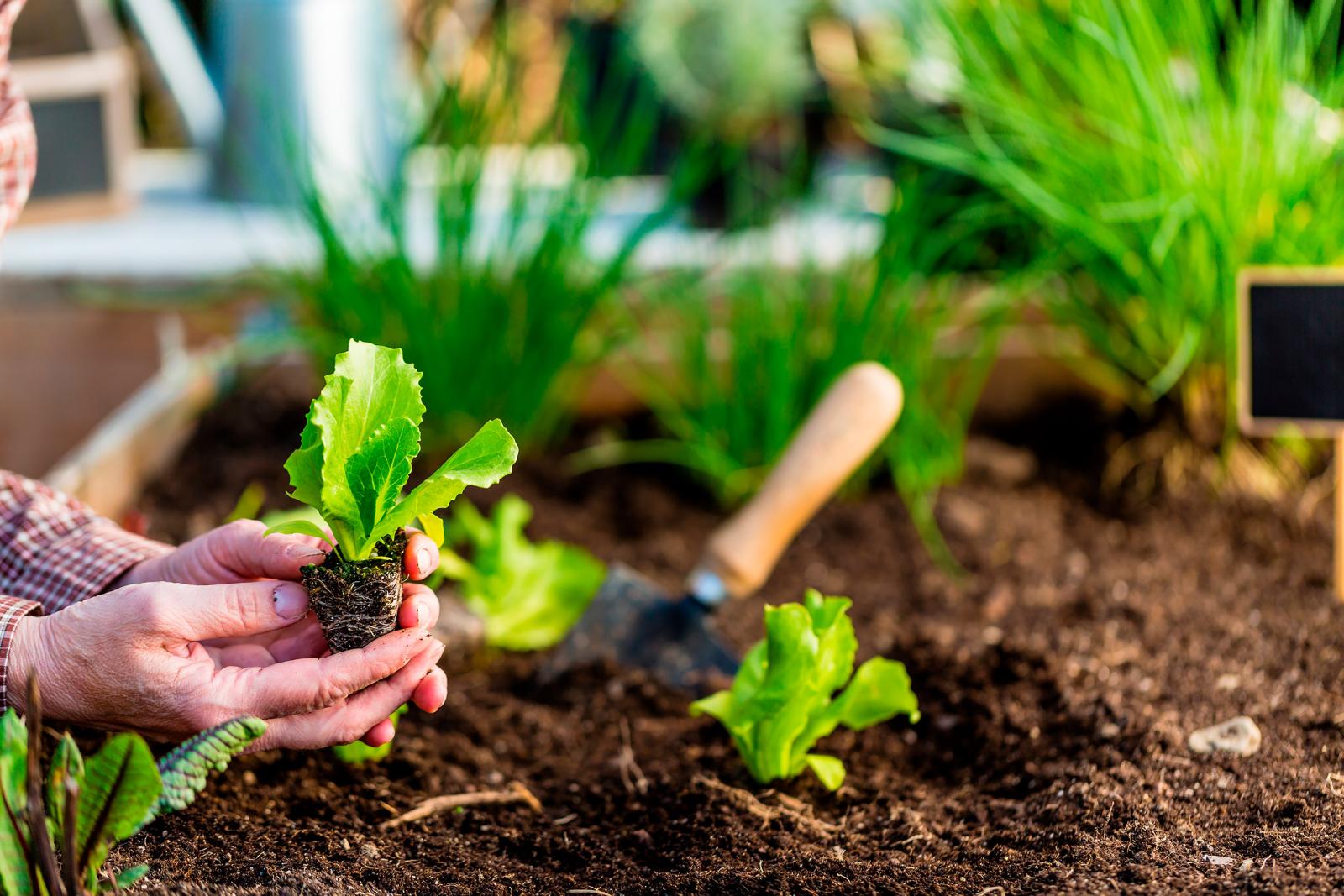
7. Grow your own organic garden
Growing your own organic fruits and vegetables is a sustainable way to feed yourself, your friends and family. Also, organic gardening produces no carbon emissions and reduces pesticide and fertilizer use. Plus, it’s generally more nutritious and cheaper, too.
CSULB’s Associated Students, Inc. just opened its own ASI Grow Beach Garden, located at the foot of the stairs of the Friendship Walk. The Grow Beach Garden aims to provide organic produce to the Beach Pantry and increase gardening education at The Beach.
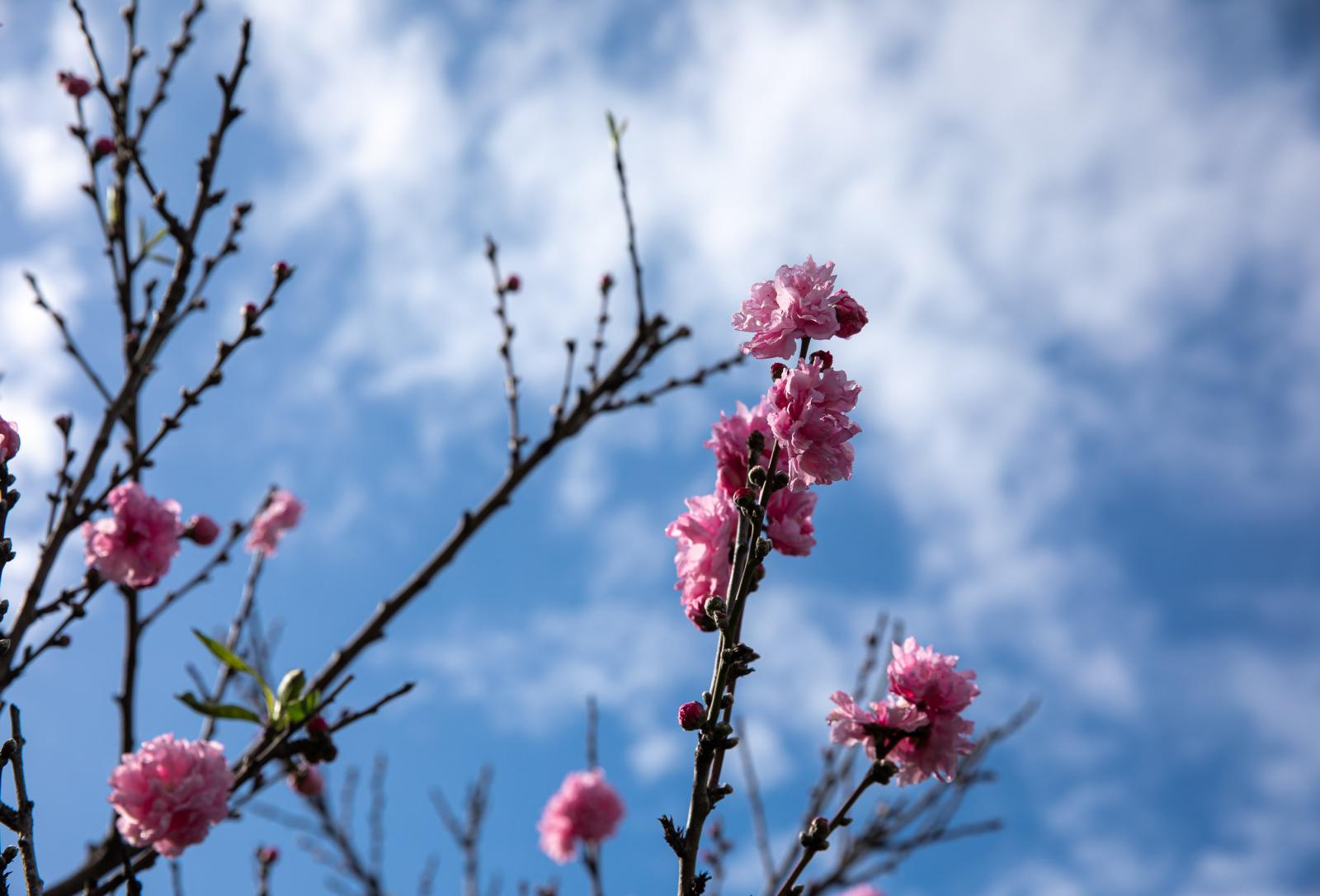
8. Don’t doom the bloom!
Heavy rainfalls in California have resulted in numerous “superblooms” across the state and in publicly owned parks. If you happen to make it out and about this spring looking for wildflowers, don’t wander off the paths and trails to stand among the flowers. Some selfie seekers are eager to take that perfect picture of themselves in the middle of a beautiful, colorful bloom. Don’t be among them!
Walking on and among the flowers can damage or kill them permanently, and a trampler can kill the seedlings beneath as well.
Also, don’t pick the flowers. It kills and destabilizes them and prevents them from reproducing. In some protected areas, it’s illegal. Visit California State Parks for locations and more information.















